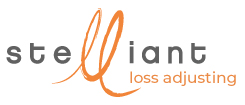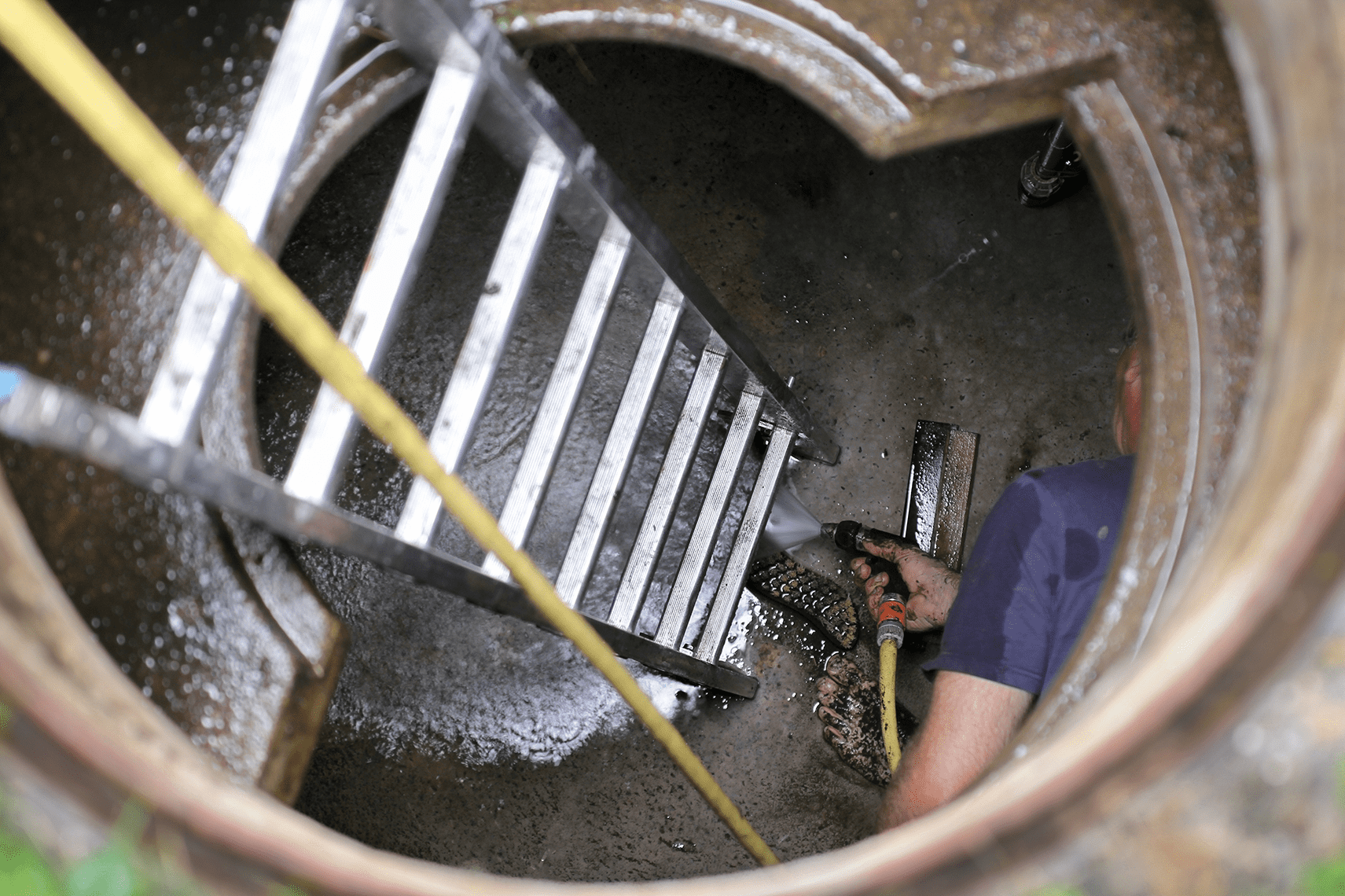Accident caused by construction machinery
A tower crane was set up to assist in construction work to build a multi-storey car park. However, an accident involving a piece of construction machinery caused the crane boom to fall.
Background
Towards the end of the construction project, the contractor hired a 100t mobile crane to dismantle the tower crane.
The counterweights were installed one by one without any issues. However, while removing the boom, the mobile crane began to wobble and then toppled over completely.
The crane boom then fell onto a public building, fortunately without causing any physical injuries.
How Stelliant proceeded
In the immediate wake of the incident, a Stelliant loss adjuster was assigned by the mobile crane owner’s civil liabilities insurer. In parallel, appraisal by order of the court was mandated with an emergency writ of summons.
Arriving on-site while the crane was still on the ground, the loss adjuster immediately asked to see the contractual documents that bound the various parties involved. Analysis of these documents shed light in the mobile crane rental company’s liabilities, as well as the obligations of the party hiring the crane.
After examining the contractual framework, the loss adjuster conducted various investigations on-site. They discovered that the mobile crane’s stabilisers were deployed when the incident occurred, and that the additional counterweights and safety keys were properly in place. The crane’s on-board computer was also inspected to check its configuration.
The loss adjuster then examined the relevant data, including the capacity of the crane, the weight of the tower crane’s boom and the length of the mobile crane’s telescopic boom, etc. These investigations revealed that the machine was not overloaded and that it was properly configured.
With all technical malfunctions and human error ruled out, the loss adjustment then switched its focus to the ground itself. Indeed, a hole 1.5 m deep had opened up under the mobile crane. Analysis revealed that the ground was not compacted and had collapsed under the weight of the crane’s feet.
As such, it was determined that the contractor had provided an unsuitable work surface, as the ground could not withstand the weight to which it was subjected. This meant that the accident involving the construction machinery could not be attributed to the crane hire company. Indeed, acting in the capacity of a company providing cranes for hire, it was not liable for how they were used.
High-value claims by definition, accidents involving construction machinery demand that the liabilities of each party are carefully examined, and that advanced technical expertise is applied. A specialist in the field for more than 35 years, today Stelliant Group manages around 70% of accidents involving lifting equipment in France.







